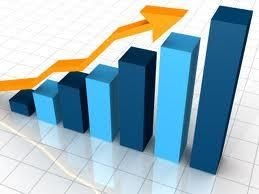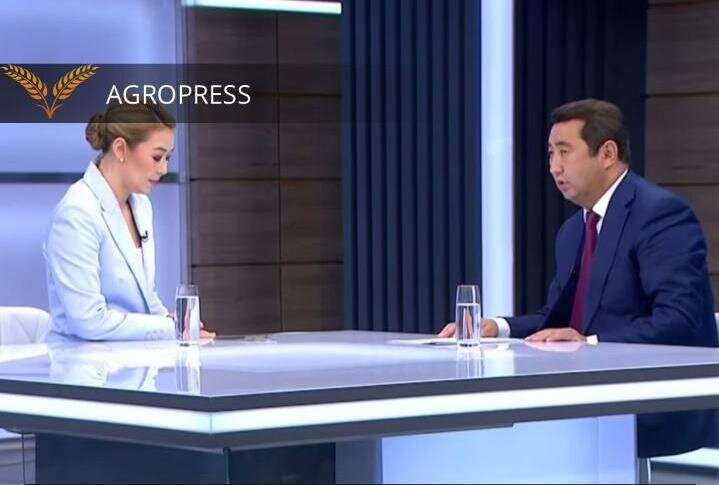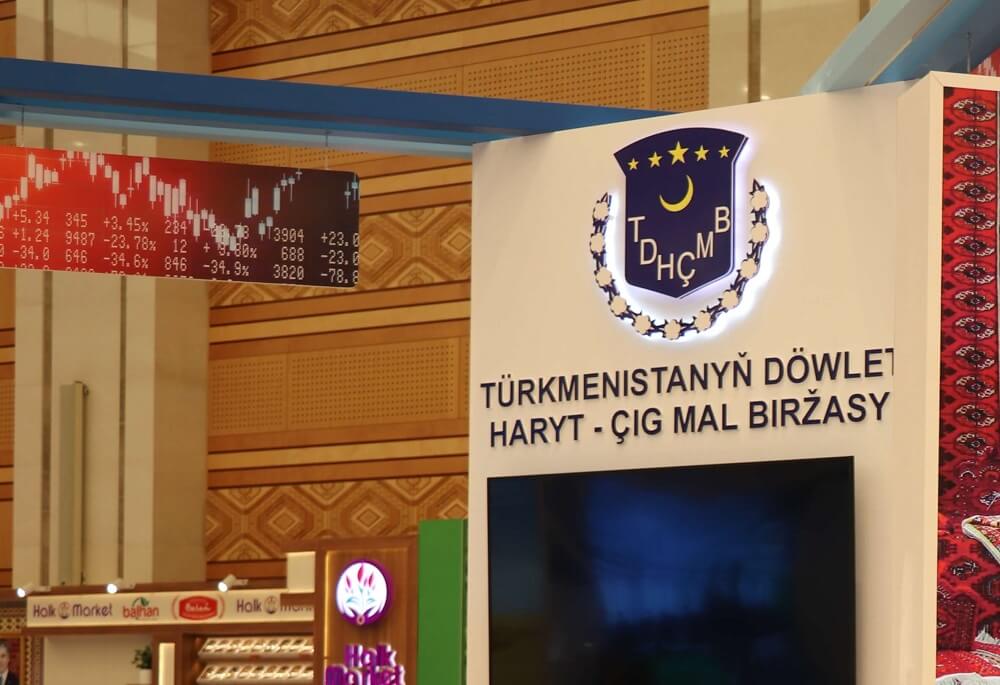BISHKEK (TCA) — Over the past five or six years, no large enterprises or plants have been built in Kyrgyzstan, and no oil and gas fields have been discovered, but the country was able to increase its GDP 2.5-fold primarily due to the fight against corruption, Kyrgyz President Almazbek Atambayev said on June 11 at an international forum in Bishkek.
Japan and Israel are the striking example for Kyrgyzstan, he added. Despite these countries have no oil and gas, there is a high production output and living standard of population there, Atambayev said, stressing the need to support business and entrepreneurship in Kyrgyzstan.
Recovering from the crisis
The country’s economy is gradually developing. Roads are being built, and labor migrants increase remittances to the country. The economy of Kyrgyzstan continues recovering from the crisis, although the main source of income, re-export, was badly affected after the country joined the European Economic Union in 2015. The business is working, and the products of the textile industry, as well as some agricultural products are exported to the EEU countries. So, along with the minuses, pluses have also become more noticeable, experts say.
This week, a large milk processing plant, the Osh Ak-Sut, was launched in Osh in the south of the country. The farmers’ problem with selling dairy products will be solved in southern regions. The plant will purchase milk from the local population to produce cheese, butter, milk powder, etc. To purchase milk from 8,000 farmsteads, 14 milk collection points have been opened. The plant’s workshops meet the EEU requirements, and in the future, it plans to export dairy products to Russia and Kazakhstan.
Prime Minister Sooronbai Jeenbekov, who participated in the opening of the enterprise, reminded that significant funds from the state budget and international donors have been allocated to support and develop the agricultural sector.
In the current year, within the Agricultural Financing Program 5, the Government plans to increase the amount of soft loans up to 7 billion soms. Besides, the leasing program is being expanded, and the legislation aimed at developing cooperatives has been amended, the Prime Minister said.
Encouraging results
According to preliminary data of the National Statistical Committee of Kyrgyzstan, the country’s GDP increased by 6.8% and amounted to 153 billion soms in January-May 2017. Without taking into account the enterprises developing the Kumtor gold deposit, GDP increased by 2.9% over this period and amounted to about 136 billion soms.
Due to the growth in the output of basic metals, the industrial production increased by 34.7% compared with the corresponding period last year. The output of basic metals increased 1.5-fold, mining of metal ores 3.9-fold and production of refined petroleum products 1.5-fold.
The growth of food production by 19.1% was due to an increase in the output of sugar 3.9-fold, flour and cereals by 34.7% and dairy products by 20.8%. The production of clothing increased by 22%.
Exports increased 3.1-fold due to the export of nonmonetary gold, precious metal ores and concentrates, and dried fruits. Imports increased due to increased sales of pharmaceutical products, confectionery, rice, and footwear.
Kyrgyzstan’s trade with the EEU member states grew by 11.7% and amounted to $677 million during the period, with exports increasing by 23.8% and imports by 7.7%.
Unemployment
Despite some positive changes, there are many problems in the country, and unemployment is the main problem.
According to the National Statistics Committee, as of June 1, 2017, the unemployment had increased by 5.2% compared to the same period in 2016. More than 90 thousand people are unemployed. It is the official statistics of those registered at the labor exchange, but in fact, the number of unemployed is much more. Most of the unemployed live in the Jalal-Abad and Osh oblasts in the south of the country.
More than 1.5 million people lived below the poverty line in 2016, of which 74% were rural residents. In Kyrgyzstan, 31.5% of children live in poverty. In 2016, the highest poverty rates among children were recorded in the Naryn and Batken oblasts (44.4% and 42.9% respectively).
The population of the Osh oblast has the lowest income in the country while the Issyk-Kul oblast has the highest.
Trade
Trade is among the largest and fastest growing sectors of Kyrgyzstan’s economy. The share of trade and services in GDP exceeds 19%. The development of trade has a stimulating effect on the development of small and medium-sized businesses, the National Human Development Report for 2016, prepared by the UNDP in Kyrgyzstan, says.
The entire population of the country is involved in this field of economic activity either as buyers or sellers.
Until recently, re-export was among the most powerful drivers of Kyrgyzstan’s economy and its volume exceeded the country’s GDP. However, even in the new conditions of EEU integration, the country is finding its trade niches.
In recent years, the trade balance has worsened. Raw materials dominate in exports. Export raw materials and intermediate goods account for 75% of all exports. High trade costs caused by barriers prevent diversification of exports and in the future do not contribute to poverty reduction, the Report says, adding that tariff barriers hamper the development of trade.
Non-tariff barriers include burdensome procedures for inspections, deficiencies in the customs clearance, high level of corruption, poor quality of logistics services, problems in technical regulation, including veterinary control, and institutional problems.








